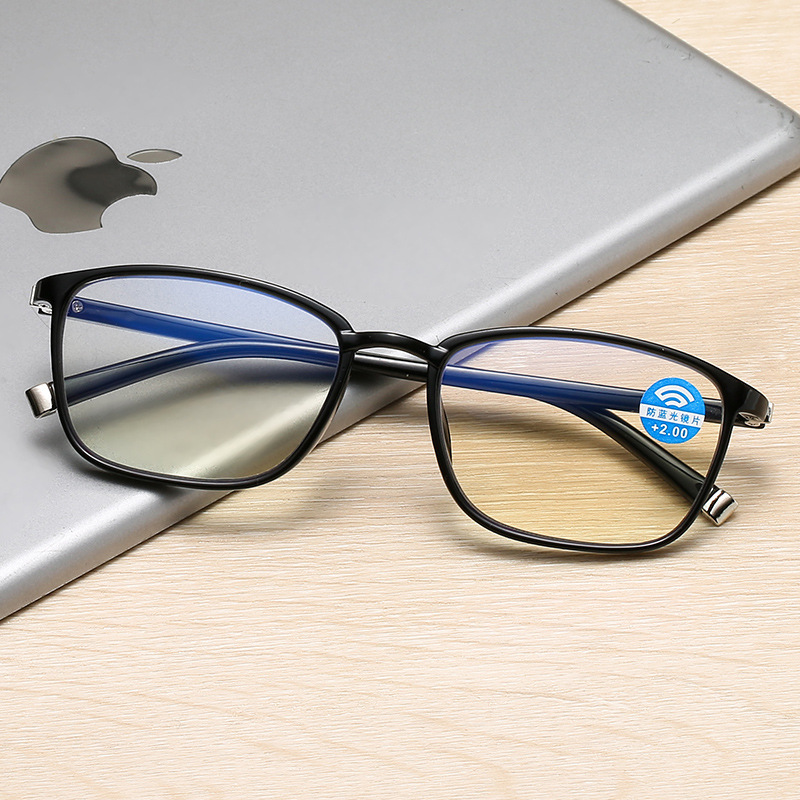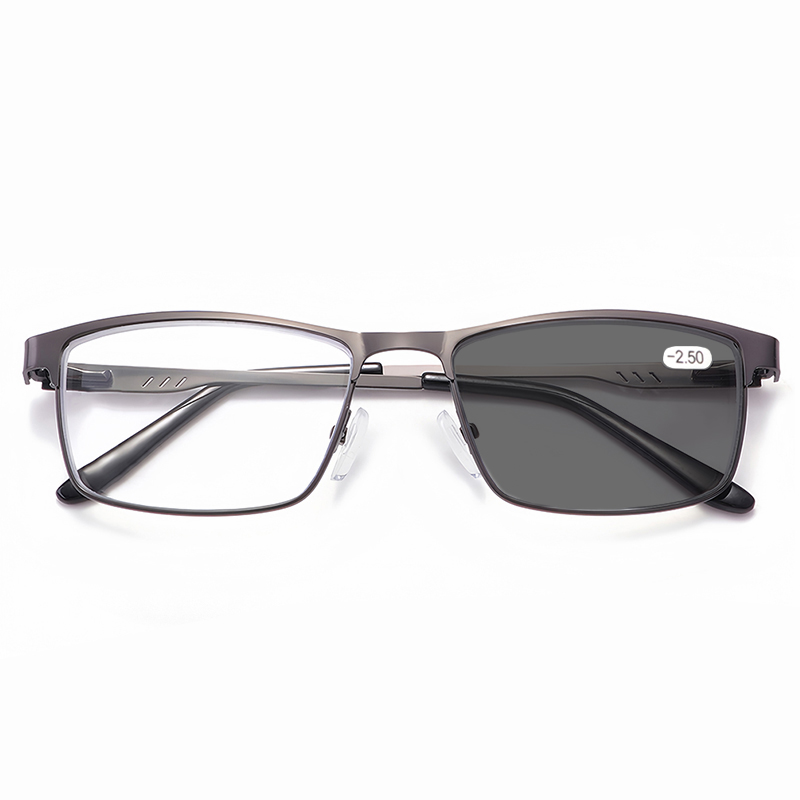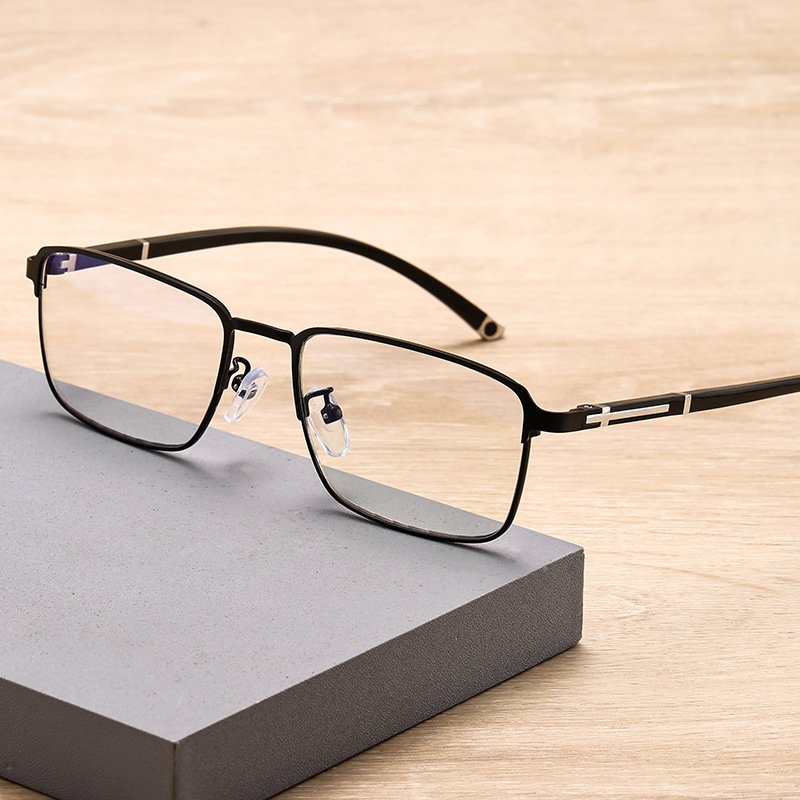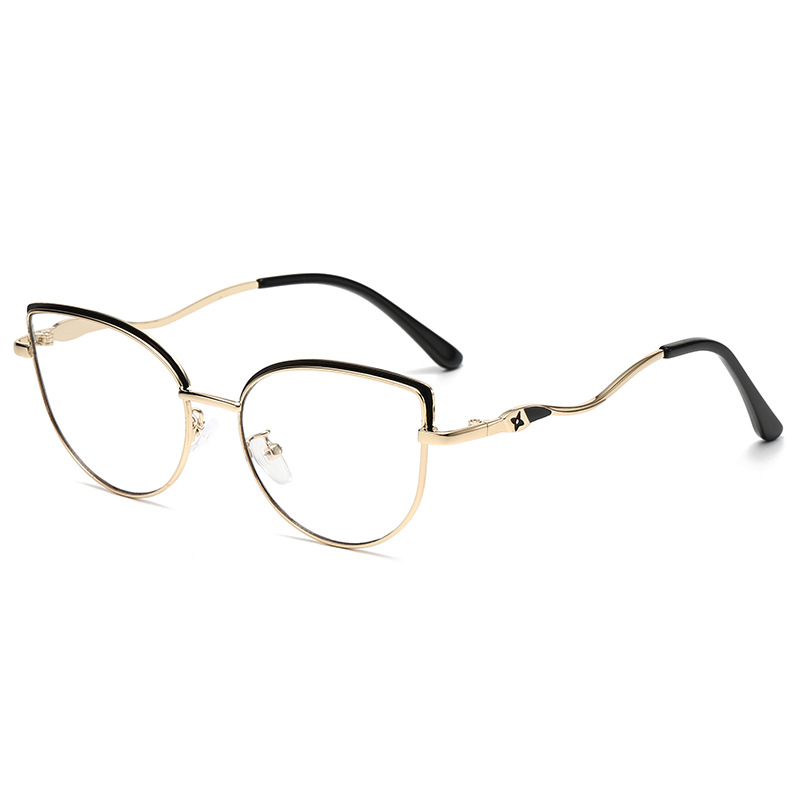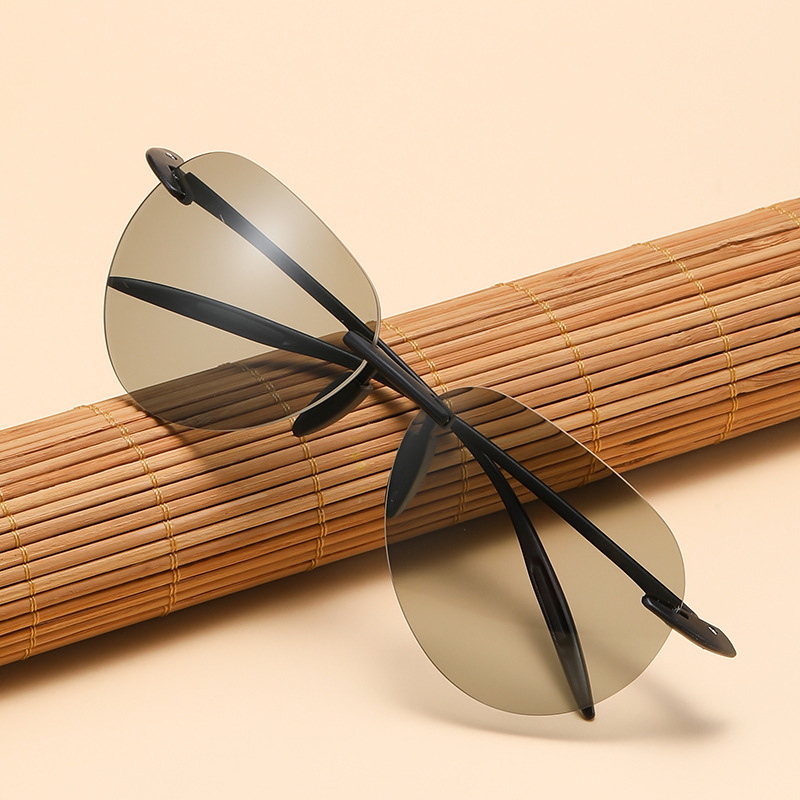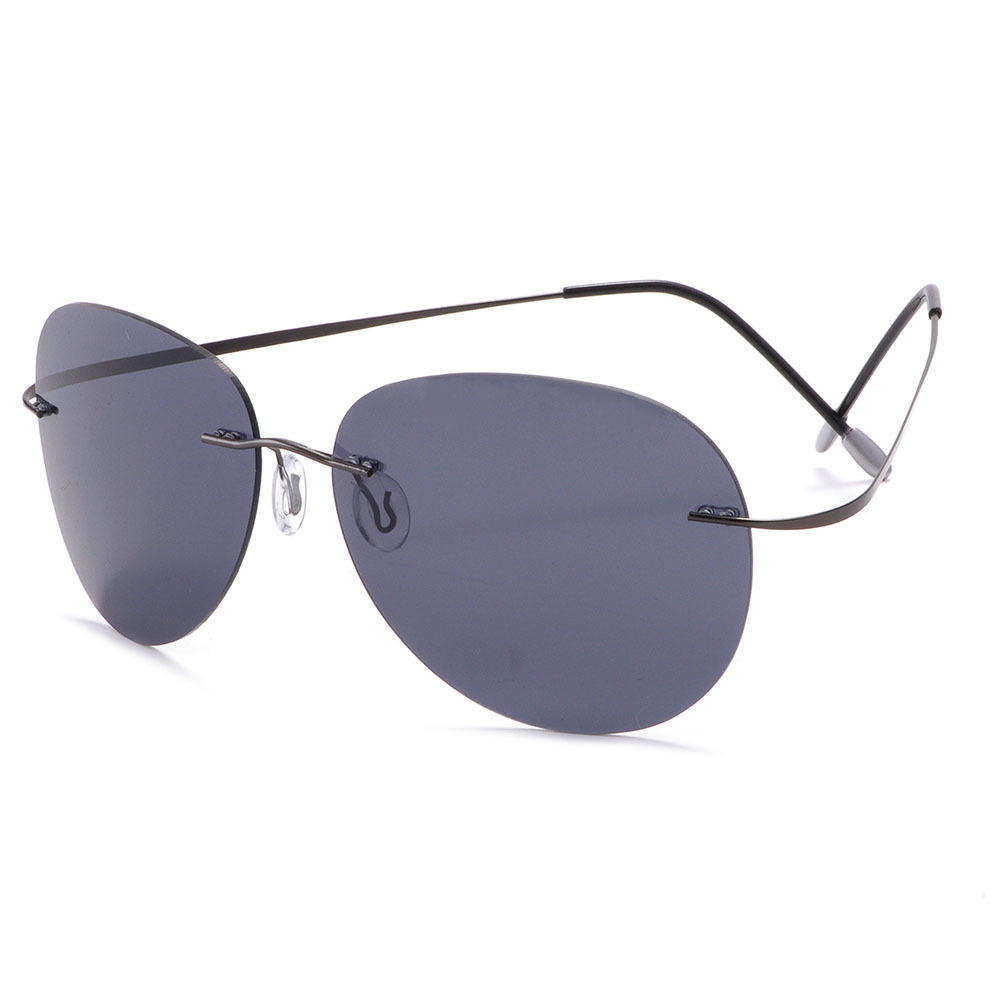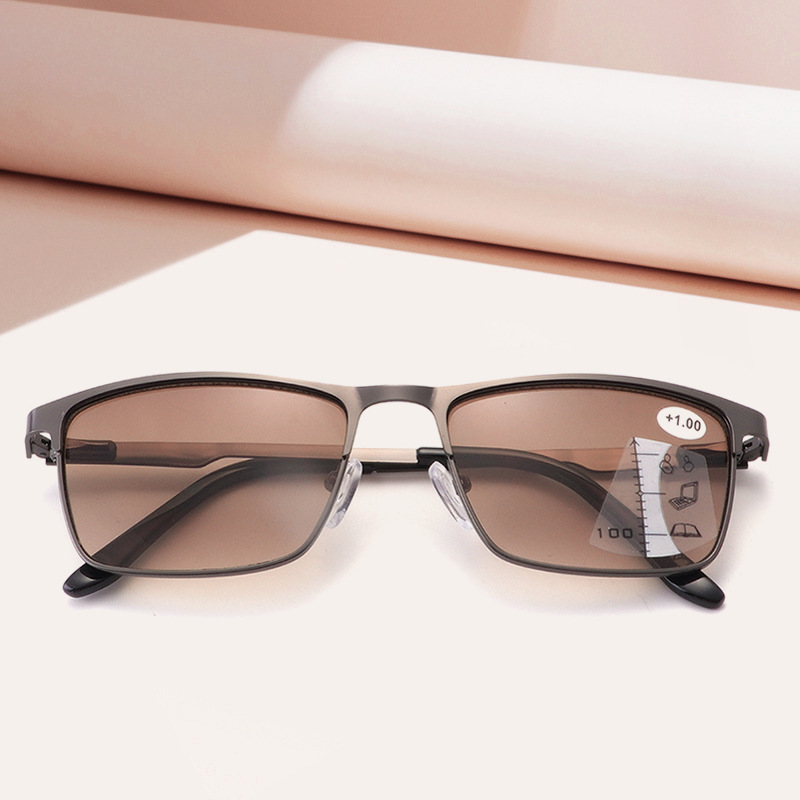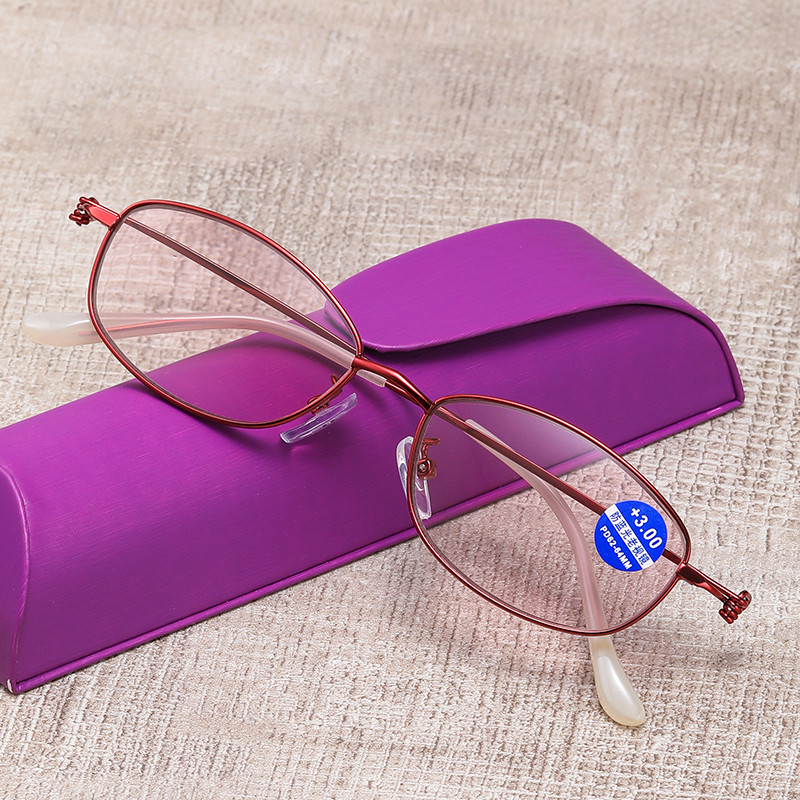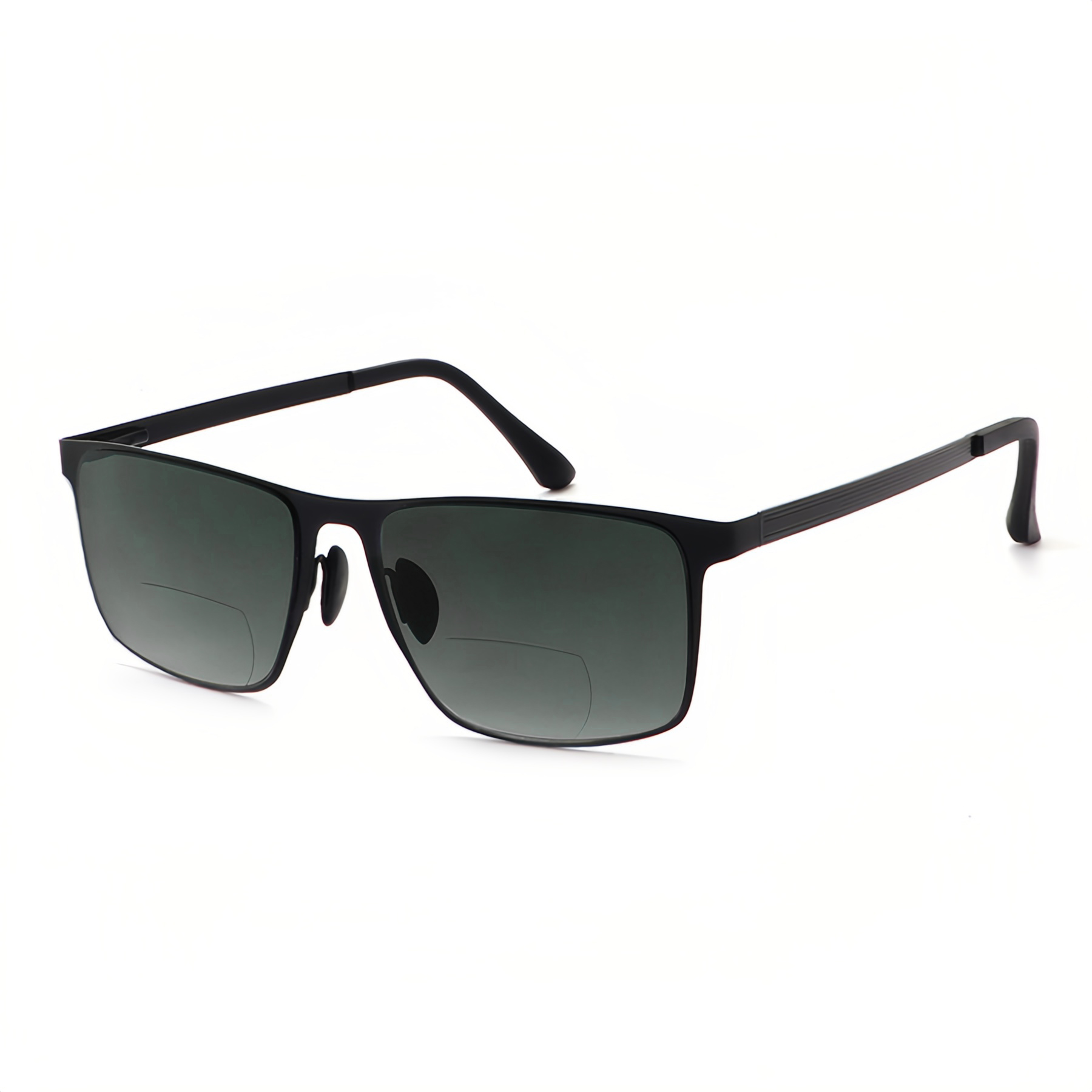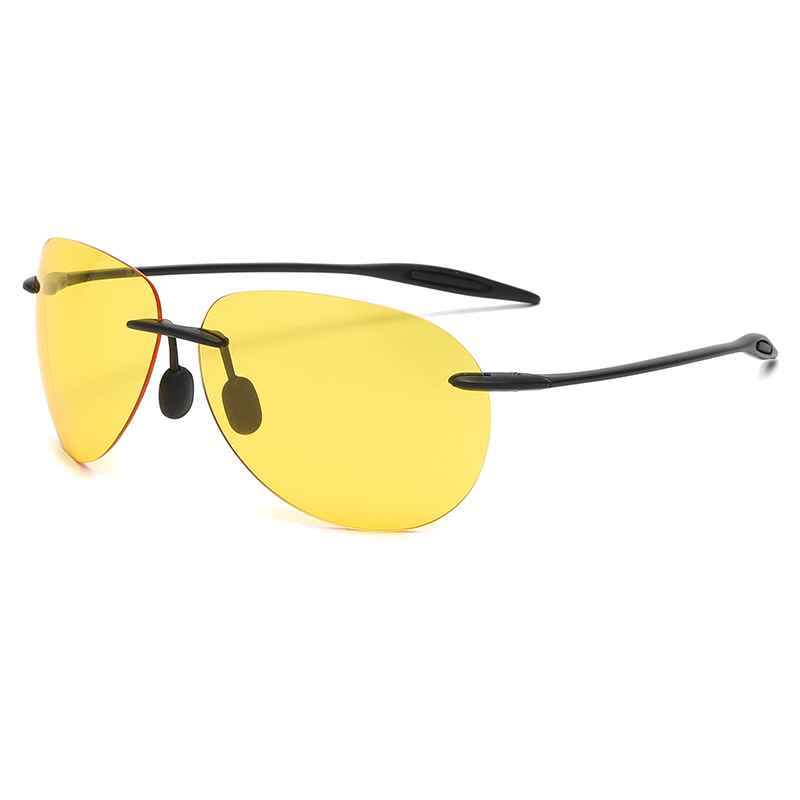Essential Guide to Eyeglass Maintenance: Protect Your Vision Investment
2025-07-27
In a world where 60% of adults rely on corrective lenses daily, proper eyeglass care remains a widely overlooked practice. Optometrists warn that neglecting maintenance not only shortens a frame’s lifespan by up to 70% but can also compromise visual clarity and eye health. As eyewear technology advances—with anti-reflective coatings, blue-light filters, and lightweight materials becoming standard—understanding modern care techniques has never been more important.
The Science Behind Proper Cleaning
Contrary to popular belief, using household products like window cleaner or paper towels can cause irreversible damage. “Ammonia-based solutions break down protective coatings, while wood-pulp tissues create micro-scratches that scatter light,” explains Dr. Elena Rodriguez, a New York-based optician with 15 years of experience. The recommended method involves rinsing lenses under lukewarm water to remove dust, then applying a drop of mild dish soap. “Use your fingertips to gently rub both sides in circular motions—avoiding excessive pressure on frames—and rinse thoroughly before air-drying or patting with a microfiber cloth.”
Microfiber cloths, now standard with most eyewear purchases, work by trapping dirt particles rather than pushing them across surfaces. Experts advise replacing cloths every three months if used daily and washing them separately in cold water without fabric softener, which can leave residue.
Storage Solutions That Prevent Damage
The average pair of glasses endures 23 accidental drops per year, according to a 2024 industry survey, many occurring when left on tables or beds. “Investing in a hard-shell case isn’t optional—it’s essential,” emphasizes Marcus Chen, owner of a Chicago eyewear boutique. “Soft pouches offer minimal protection against crushing, while leaving glasses face-down scratches lenses against hard surfaces.” For those constantly on the go, magnetic clips and neck cords reduce misplacement risks without straining frame hinges.
Extreme temperatures also pose threats. “Leaving glasses in a hot car can warp plastic frames and melt adhesive in layered lenses,” Chen notes. Similarly, exposing them to steam—such as in saunas or over boiling water—can fog coatings permanently.
Professional Maintenance Matters
Even meticulous at-home care can’t replace annual professional adjustments. Opticians use specialized tools to realign hinges, tighten screws, and adjust nose pads—preventing discomfort and uneven wear that strains facial muscles. “A frame that sits askew forces your eyes to compensate, leading to headaches and fatigue,” Dr. Rodriguez warns. Many retailers offer free adjustments for life, a service 40% of wearers never utilize.
For sports enthusiasts, specialized care is critical. Wraparound styles with rubber nose grips require regular cleaning to prevent sweat buildup, while Prescription Sunglasses need UV-protective case liners to maintain lens integrity.
Breaking Bad Habits
Common practices like pushing glasses up with one hand (which warps frames) or wearing them on top of the head (stretching temples) top the list of damaging behaviors. “Temples are calibrated for specific head widths—constant stretching creates gaps that require replacement,” Chen explains. Similarly, biting frames or using them to hold hair introduces oils and pressure that weaken materials over time.
As eyewear costs continue to rise—with premium pairs exceeding $500—proper maintenance represents one of the best investments in vision health. “Your glasses work as hard as you do,” Dr. Rodriguez concludes. “Treating them with care ensures they’ll support your sight for years to come.”
